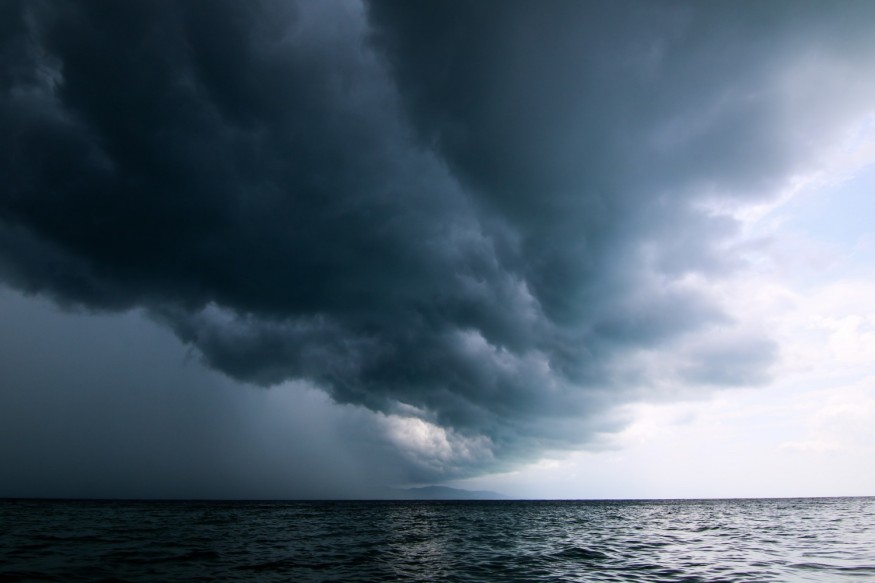Tropical Storm Nigel could become the next Atlantic hurricane in the coming days, with the potential to follow the tracks of Hurricane Lee. The developing tropical storm, classified as Invest 97L, may threaten the eastern Caribbean region and the United States East Coast once it becomes either a hurricane or a major hurricane, according to the latest weather forecast.
Earlier this week, the National Hurricane Center (NHC) reported that the former tropical system hovering over the Atlantic Ocean could threaten the U.S. by mid-September, a forecast covered by Nature World News.
Since then, the system has become more organized and strengthened into a storm, moving at a west-northwestward pattern at a speed of 10 to 15 miles per hour over the Central Atlantic Ocean.
Tropical Storm Nigel

According to AccuWeather meteorologists, Nigel poses a greater threat in Bermuda than Lee, when it passed the island country over the past week, adding the developing tropical storm could impact the country by the middle of next week. During this period, strong to hurricane-force winds are possible, as well as heavy rain and flooding.
Tropical Storm Nigel, which was last detected between West Africa and the Leeward Islands, formed a week after the 2023 Atlantic hurricane season's third major hurricane, Lee, formed on September 5. Just like other storms in the region, Lee started as a tropical depression powered by a tropical wave from the coast of West Africa and into the Atlantic.
Major Hurricane Lee has impacted the New England region in the U.S. and the eastern parts of Canada in recent days. As the gaze focused on Lee, AccuWeather says the next area to monitor will be the said tropical wave between Africa and the Caribbean region.
There is no specified date and location for Nigel's landfall. However, Lee is expected to make landfall in New England or Atlantic Canada this coming weekend.
Hurricane Weather Hazards
During the Atlantic hurricane season, which spans from June 1 to November 30 each year, hurricanes or major hurricanes are the most destructive systems due to their powerful winds. In the past, coastal areas of countries in the Caribbean and the southern parts of the U.S. Eastern Seaboard were the most affected by storms and hurricanes, especially during landfall.
According to the NHC, the major hazards linked with hurricanes are storm surge, storm tide, heavy rain, and inland flooding, as well as high winds. In previous hurricane events, coastal flooding, or coastal erosion, caused by large waves due to powerful winds, has devastated coastal communities.
Storm Surge
The U.S. hurricane monitoring agency explains that a storm surge can lead to loss of life and destruction of infrastructure, including buildings, roads, and bridges, along the coast. There are also instances where a storm tide can reach several miles inland.
Earlier this month, a strong Mediterranean storm resulted in deadly flooding in communities across eastern Libya, with a death toll reaching 11,300 in the coastal city of Derna. Prior to the disaster, eastern Libya officials reportedly warned residents to evacuate over fears of a storm surge from the sea.
© 2025 NatureWorldNews.com All rights reserved. Do not reproduce without permission.





